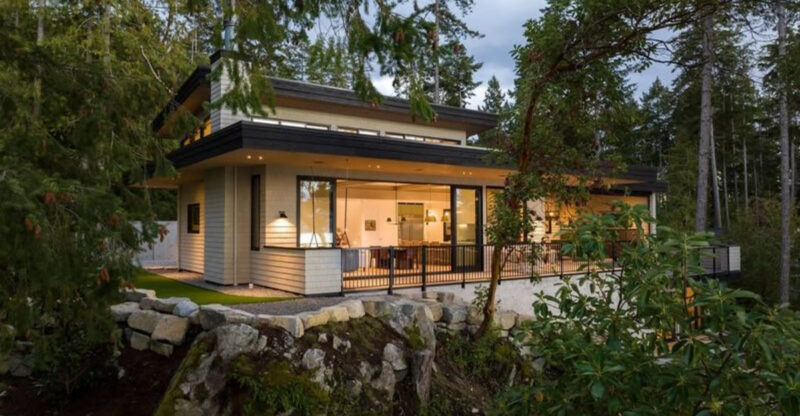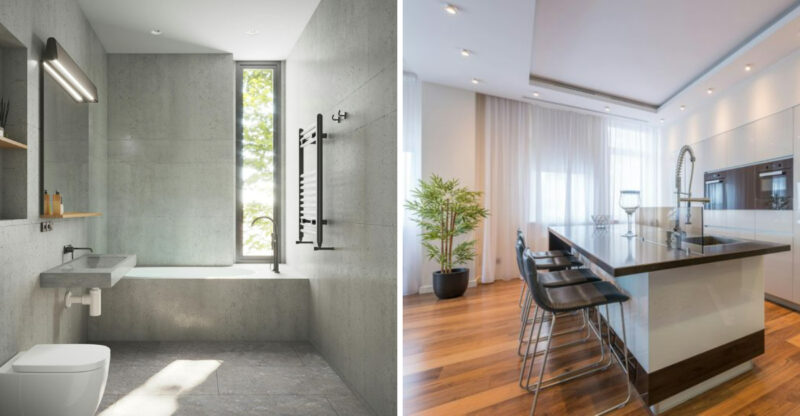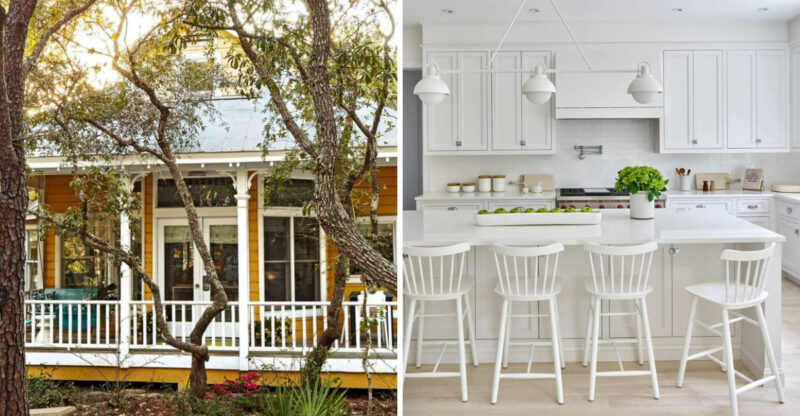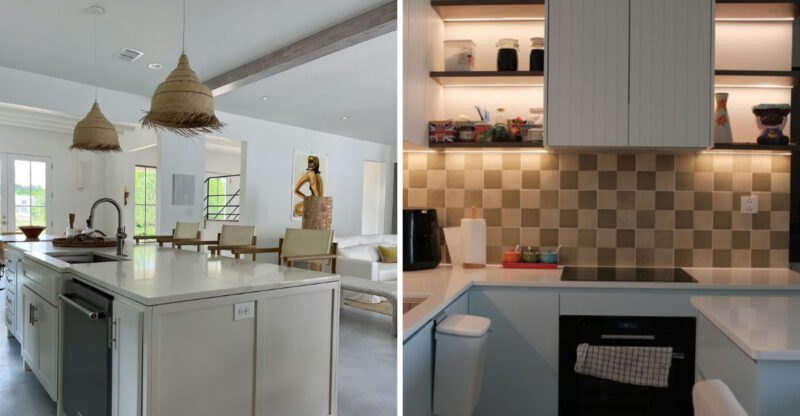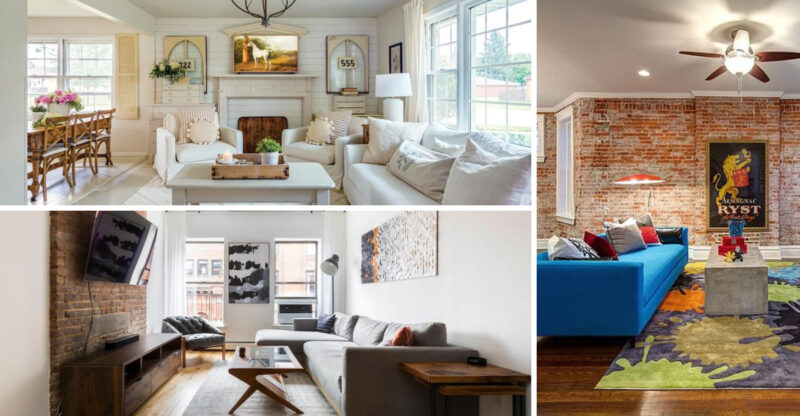15 Indicators Showing Los Angeles New Home Sales On The Rise
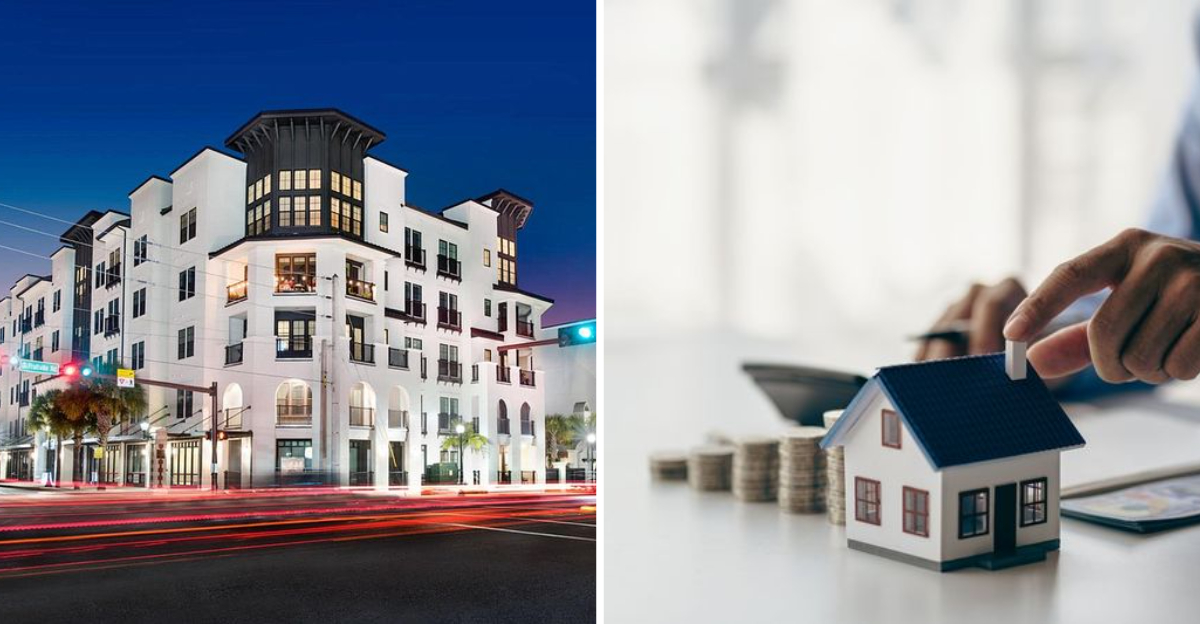
The Los Angeles housing market is showing promising signs of recovery. After years of uncertainty, new home sales are trending upward across the city and surrounding areas.
I’ve noticed several key indicators pointing to a healthier real estate environment for both buyers and sellers in this iconic Southern California metropolis.
1. Building Permits Surge
Building permit applications have jumped by 15% in the last quarter alone. This upward trend signals strong confidence among developers who are betting big on LA’s future housing needs.
City officials report processing more residential construction permits now than any time in the past five years. The increase spans both single-family homes and multi-unit developments, with particular growth in areas like Silver Lake, Echo Park, and parts of the Valley.
Many of these permits include energy-efficient designs and smart home technology, showing developers are responding to buyer preferences for modern, sustainable living spaces.
2. Mortgage Rates Stabilizing
Interest rates have finally started to level off after months of volatility. Buyers who were previously sitting on the sidelines are now jumping back into the market, taking advantage of the more predictable lending environment.
Local mortgage brokers report increased application activity, with many first-time buyers finding newfound purchasing power. The difference between last year’s fluctuating rates and today’s steadier numbers has created a psychological boost for potential homeowners.
This stability has particularly benefited middle-income families looking to establish roots in communities like Burbank, Glendale, and parts of the San Fernando Valley where new developments are underway.
3. Decreased Time on Market
Newly built homes in Los Angeles are selling faster than they have in years. What used to take months to move is now often under contract within weeks or even days of listing.
Real estate agents across the city report multiple offers becoming common again, especially for properties priced appropriately for their neighborhoods. The average days-on-market for new construction has dropped from 49 days last year to just 28 days currently.
This quickening pace reflects both limited inventory and growing buyer confidence in the LA market’s long-term value. Properties in areas like Mar Vista, Culver City, and Playa Vista are particularly hot, with some developments selling out before construction is even complete.
4. Luxury Market Rebound
High-end new construction is experiencing a remarkable comeback in prestigious LA neighborhoods. After a brief slowdown, luxury properties above $3 million are once again changing hands at an impressive clip.
Foreign investors have returned to the market, joining wealthy domestic buyers in pursuit of architectural showpieces in areas like Bel Air, Pacific Palisades, and the Hollywood Hills. Developers are responding by breaking ground on ambitious projects featuring cutting-edge design and premium amenities.
The ultra-luxury segment (properties over $10 million) has seen transaction volume increase 22% compared to the same period last year. This revival signals renewed confidence in Los Angeles as a prime location for wealth preservation through real estate.
5. First-Time Buyer Programs Expanding
Local and state initiatives aimed at first-time homebuyers are gaining traction across Los Angeles County. These programs offer down payment assistance, reduced closing costs, and favorable loan terms for qualified buyers.
The California Housing Finance Agency has partnered with several Los Angeles developers to create affordable new construction specifically targeting first-time buyers. Many of these developments include units reserved for teachers, healthcare workers, and other essential personnel who have historically struggled to afford homes in the areas where they work.
Application rates for these programs have increased by 30% in recent months, showing strong interest from younger Angelenos looking to transition from renting to owning.
6. New Development Neighborhoods Emerging
Previously overlooked areas of Los Angeles are transforming into hotbeds of new residential construction. Neighborhoods like Frogtown, Glassell Park, and sections of South LA are seeing significant investment and development activity.
These emerging areas offer relatively affordable land costs while still providing reasonable commute times to major employment centers. Developers are creating micro-communities with distinct architectural styles and amenities designed to attract younger buyers seeking both affordability and urban lifestyle.
Local businesses are following the housing boom, with new restaurants, coffee shops, and boutiques opening to serve these growing residential communities. The ripple effect is creating vibrant new pockets of urban life throughout previously underserved parts of the city.
7. Transit-Oriented Developments Thriving
New housing projects near LA Metro stations are seeing exceptional demand. Buyers increasingly value car-optional lifestyles, driving interest in homes with easy access to public transportation.
Developments within walking distance of the Expo Line, Gold Line, and other transit corridors are selling at premium prices compared to similar properties farther from transit options. City planners have responded by approving higher density zoning around transit hubs, allowing for more housing units to be built where demand is strongest.
Many of these transit-oriented developments incorporate mixed-use elements, with ground-floor retail and services creating walkable, vibrant communities. This trend represents a significant shift in how Angelenos view urban living and mobility.
8. Green Building Standards Adoption
Environmentally conscious construction is becoming the norm rather than the exception in new Los Angeles homes. Buyers are increasingly demanding sustainable features, and developers are responding with innovative green building practices.
Solar panel installation is now standard in many new developments, along with advanced insulation, energy-efficient appliances, and water conservation systems. These features not only appeal to environmentally conscious buyers but also offer long-term cost savings on utility bills.
The city’s updated building codes have accelerated this trend, with many developments now exceeding minimum requirements to achieve certifications like LEED or GreenPoint Rated. This shift reflects both changing consumer preferences and Los Angeles’ commitment to reducing its environmental footprint.
9. Rising Median Sale Prices
Average prices for newly constructed homes have climbed steadily over the past three quarters. The median sale price for new construction now sits 7% higher than this time last year, outpacing the appreciation rate of existing homes.
This price growth reflects both increased construction costs and strong buyer demand for move-in ready properties with modern features. Even with these rising prices, sales volume has remained robust, indicating buyers are willing to pay a premium for new construction.
Analysts note that while prices are increasing, they’re doing so at a sustainable pace that still allows for healthy market activity. This balanced growth suggests the current upward trend has staying power rather than representing a temporary bubble.
10. Tech Industry Housing Demand
Silicon Beach’s continued expansion is creating substantial housing demand from well-paid tech workers. Areas like Playa Vista, Culver City, and Marina del Rey are seeing particularly strong interest from employees of Google, Amazon, and other tech giants with growing LA footprints.
Developers are specifically targeting this demographic with amenity-rich communities featuring co-working spaces, smart home technology, and design aesthetics that appeal to tech-savvy buyers. Many new developments are incorporating gigabit internet infrastructure and dedicated home office spaces in response to remote work trends.
Housing starts near major tech campuses have increased 35% year-over-year as builders race to meet this specialized demand. The tech industry’s resilience during economic uncertainty has made these buyers particularly attractive to developers.
11. Increased Developer Confidence
Major builders are investing heavily in Los Angeles land acquisition for future projects. This forward-looking activity signals strong confidence in the market’s long-term health and potential for continued growth.
Several national homebuilders who previously focused on suburban markets are now launching urban infill projects throughout Los Angeles. Their market research and financial commitments suggest an expectation of sustained demand for new housing across various price points and neighborhoods.
Land prices for developable parcels have increased accordingly, with prime lots in desirable areas commanding premium prices. Despite these higher costs, developers remain bullish on their ability to create profitable projects that meet the evolving needs of Los Angeles homebuyers.
12. Multigenerational Housing Options Expanding
Homes designed for multiple generations living under one roof are seeing unprecedented popularity. These specialized floor plans typically include separate entrances, additional kitchenettes, and private living areas while maintaining shared common spaces.
Los Angeles’ diverse cultural makeup has long supported multigenerational living arrangements, but now developers are specifically designing for this lifestyle. The trend is particularly strong in communities with large Asian American and Latino populations, where extended family living is often culturally important.
Builders report these specialized homes selling 25% faster than traditional layouts in the same neighborhoods. The economic advantages of shared housing costs, combined with the ability to care for aging parents or adult children, make these designs increasingly attractive to Los Angeles families.
13. Virtual Home Shopping Tools Boosting Sales
Advanced digital marketing is revolutionizing how new homes are sold in Los Angeles. Virtual reality tours, interactive floor plans, and AI-powered personalization tools are helping buyers narrow their choices before ever setting foot in a model home.
Developers report that leads generated through these digital channels convert to sales at twice the rate of traditional marketing methods. Many buyers now arrive at sales offices having already visualized themselves in the space and made key decisions about upgrades and options.
This technological shift has been particularly effective for reaching out-of-state and international buyers interested in Los Angeles real estate. The ability to virtually experience properties from anywhere in the world has expanded the potential buyer pool and accelerated the sales process for many new developments.
14. Strong Rental-to-Owner Conversion
Long-time Los Angeles renters are increasingly making the jump to homeownership. This shift is particularly evident among millennials in their 30s who have previously been content with rental living but are now seeking the stability and wealth-building potential of homeownership.
Many new developments are specifically marketing to this demographic, highlighting mortgage payments comparable to monthly rents in similar neighborhoods. First-time buyer workshops hosted by developers and lenders are regularly filled to capacity, indicating strong interest from the rental community.
Surveys of recent new home buyers reveal that approximately 65% were previously renting within a 10-mile radius of their purchase. This localized transition suggests buyers are maintaining their community connections while changing their housing tenure.
15. Diverse Architectural Styles Gaining Traction
Los Angeles new construction is moving beyond the modern farmhouse trend that dominated recent years. Buyers are embracing a wider range of architectural expressions, from mid-century modern revivals to contemporary interpretations of Spanish Colonial and California Craftsman styles.
Developers report that distinctive architecture is becoming a major selling point, with unique designs commanding premium prices. This diversification reflects Los Angeles’ historic architectural heritage while incorporating modern technologies and living patterns.
Neighborhoods are developing signature aesthetic identities, with certain styles becoming associated with specific areas. This architectural variety is creating more visually interesting streetscapes throughout the city and allowing buyers to find homes that truly reflect their personal style preferences.

